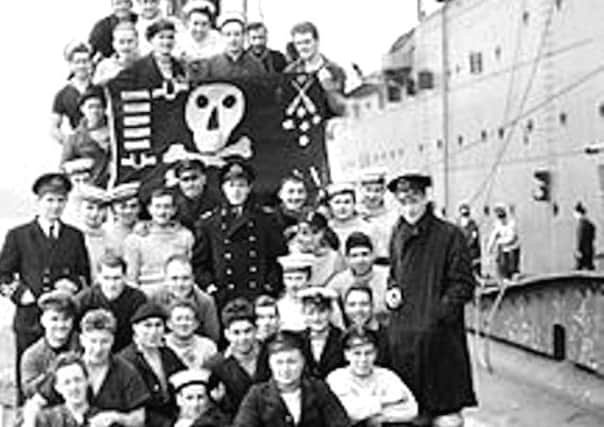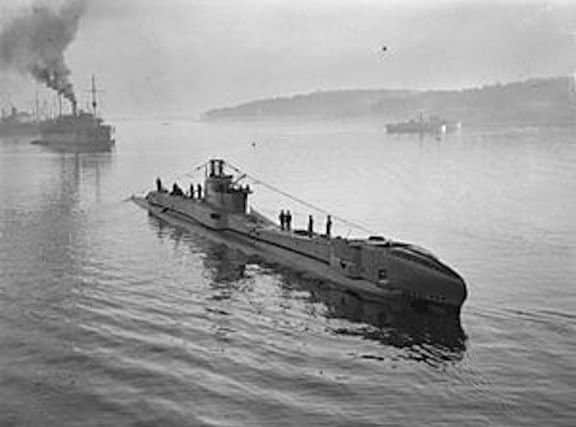NOSTALGIA: Was she jinxed? The sub with two names that was sunk twice


For one to be raised from the seabed, salvaged, repaired and recommissioned with a different name only to be torpedoed and lost with all hands in 1943 must be one of the most devastating naval disasters ever.
The submarine was HMS Thetis which was lost off Liverpool on June 1, 1939 on her maiden voyage.
Advertisement
Hide AdAdvertisement
Hide AdDown with her during that sea trial went 99 naval personnel plus civilian technicians as well as catering staff.


Only four people, Captain Joe Oramin (a passenger), Lieutenant Woods, leading Stoker Walter Arnold, and civilian Frank Shaw managed to survive the sinking.
The whole affair seems to have been caused by the incompetence of one man who thought it would be a good idea to paint over a test cock of torpedo tube number six with enamel paint when the submarine was first built.
The test cock was designed to be opened to see if the torpedo tube was empty of sea water.
Advertisement
Hide AdAdvertisement
Hide AdIf a drizzle of water came through then it proved a point and the torpedo tube cap was still open. Prickers were available to clear the cocks but were not used for some reason.


As no water came through, the inner door was opened which allowed a torrent of water to rush in and the huge pressure surge meant there was no chance of shutting that door.
How the outer door (bow cap) came to be opened was never discovered.
Lieutenant Frederick Woods, the torpedo officer, told the subsequent inquest that 10 minutes before the disaster the door indicators showed all doors were shut.
Advertisement
Hide AdAdvertisement
Hide AdThe inrush of water caused Thetis to sink bow first 150ft to the seabed with the stern high out of the water.
Only those three sailors and that one civilian escaped with their lives, the rest were overcome by carbon dioxide fumes.
The dead included 51 members of the crew; eight other naval officers; seven men from the Admiralty who were overseeing officers; four Vickers-Armstrong employees; two catering staff, and a Mersey pilot.
During salvaging work yet another death was recorded when a diver died from the bends.
Advertisement
Hide AdAdvertisement
Hide AdWhen she was salvaged Thetis went for repair and was recommissioned as HMS Thunderbolt in 1940.
During the war Thunderbolt was very successful being involved with the carrying of ‘chariots’, a type of manned torpedo.
In January 1943 these human torpedoes entered Palermo harbour, Sicily, and laid mines which sank a cruiser and a freighter.
But on March 14, it is believed she was sunk by depth charges fired from the Italian corvette Cicogna or hit a mine.
She went down with the loss of her 62 crew members.
Today marks the 75th anniversary of their loss.
Advertisement
Hide AdAdvertisement
Hide AdAfter the 1939 accident, an inquiry failed to find how, when or by whom the bow cap was opened.
But as a result a clip was fitted to all rear torpedo tube doors to prevent a similar disaster – it is still called the Thetis Clip to this day.
Thanks to Paul Wingate and John Craddock for photographs.